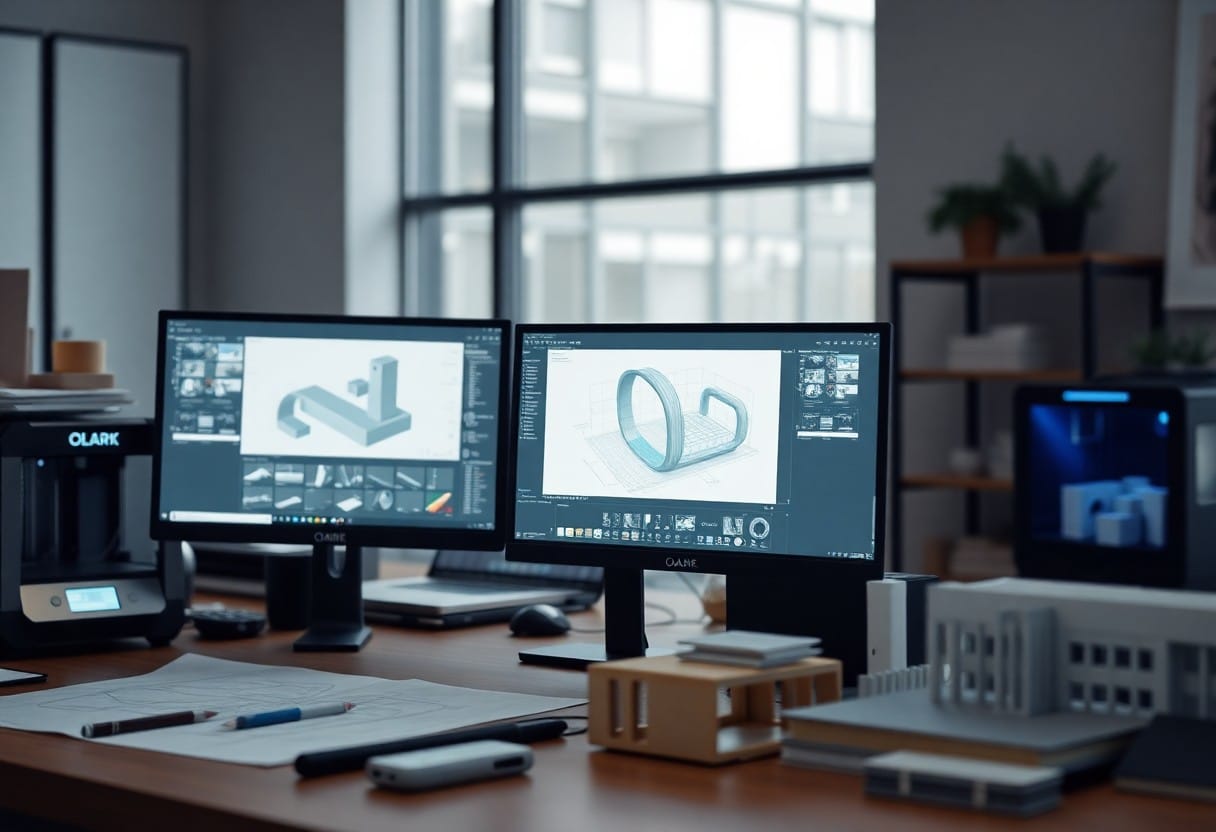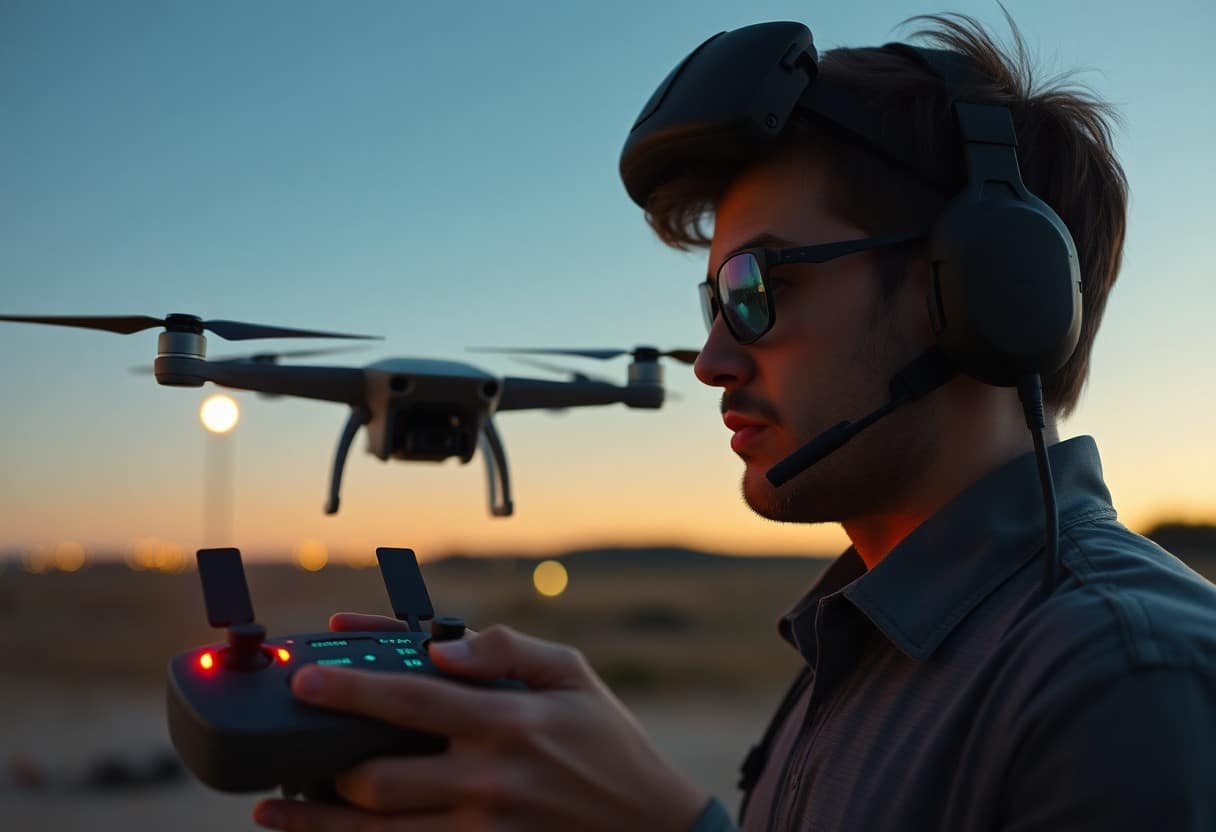How does using RAW format in drone photography benefit post-production?
In drone photography, the use ofRAW formatYou can significantly improve yourPost-production editing capabilitiesThis format retains more image data. This format retains more image data, giving you more flexibility and precision in working with color, contrast, exposure, and more. When you need toDeep adjustment or trimmingThe RAW format helps you avoid losing information and ensures the quality of your final product. Therefore, choosing the RAW format will make your photography more professional.
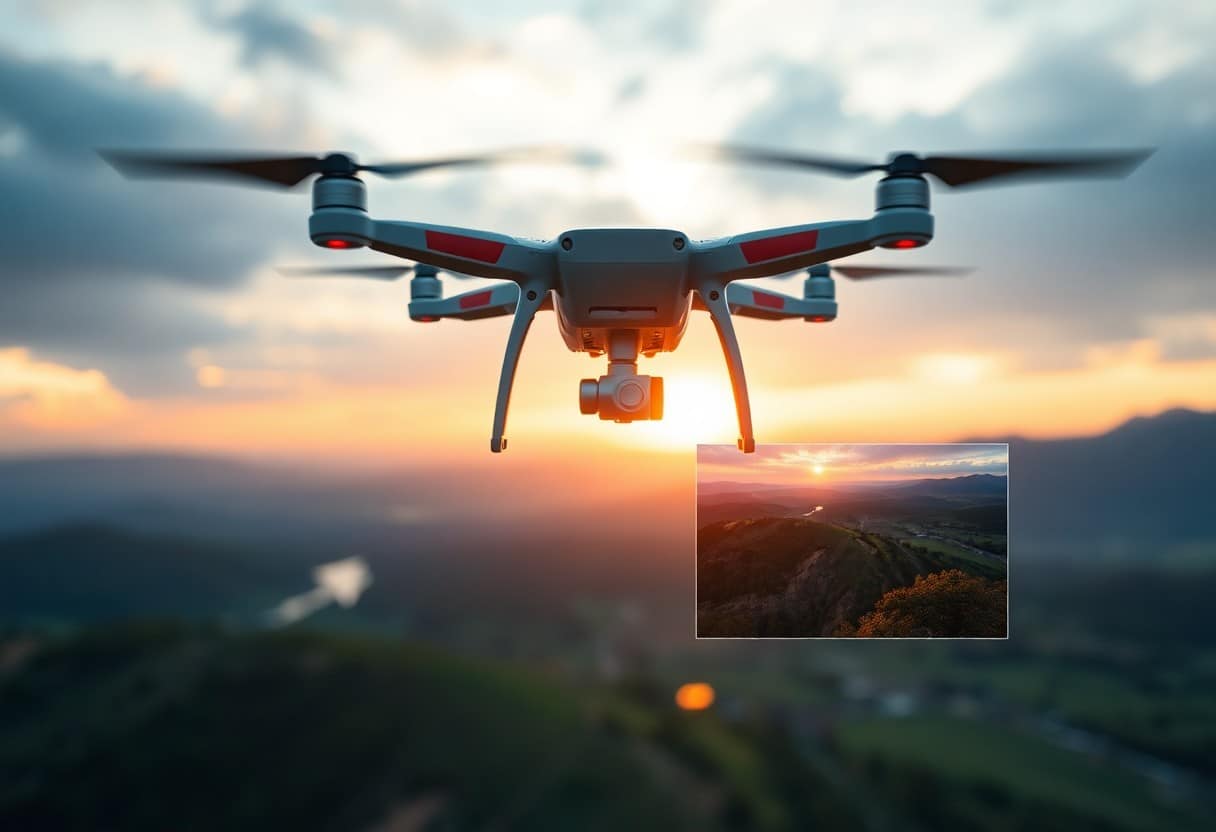
Key Points:
- Image Quality: Using the RAW format allows you to capture more image detail and dynamic range, giving you more flexibility in post-production.
- Color Adjustment: The RAW format preserves a wider range of color information, making color correction and adjustment more precise.
- Post-Production Flexibility: RAW files can be edited non-destructively, allowing the editor greater freedom in adjusting exposure, contrast, and more.
- White balance control: The RAW format allows the white balance to be reset in post-processing without affecting image quality.
- Lossless Compression: The RAW format usually does not suffer from the same lossy compression as formats such as JPEG, and therefore maintains a higher picture quality.
- Better detail recovery: In post-processing, details in shadows and highlights can be effectively restored to minimize loss of detail.
- Professional Requirements: For professional photographers, the RAW format is a better choice because it offers superior quality and editing potential to other formats.
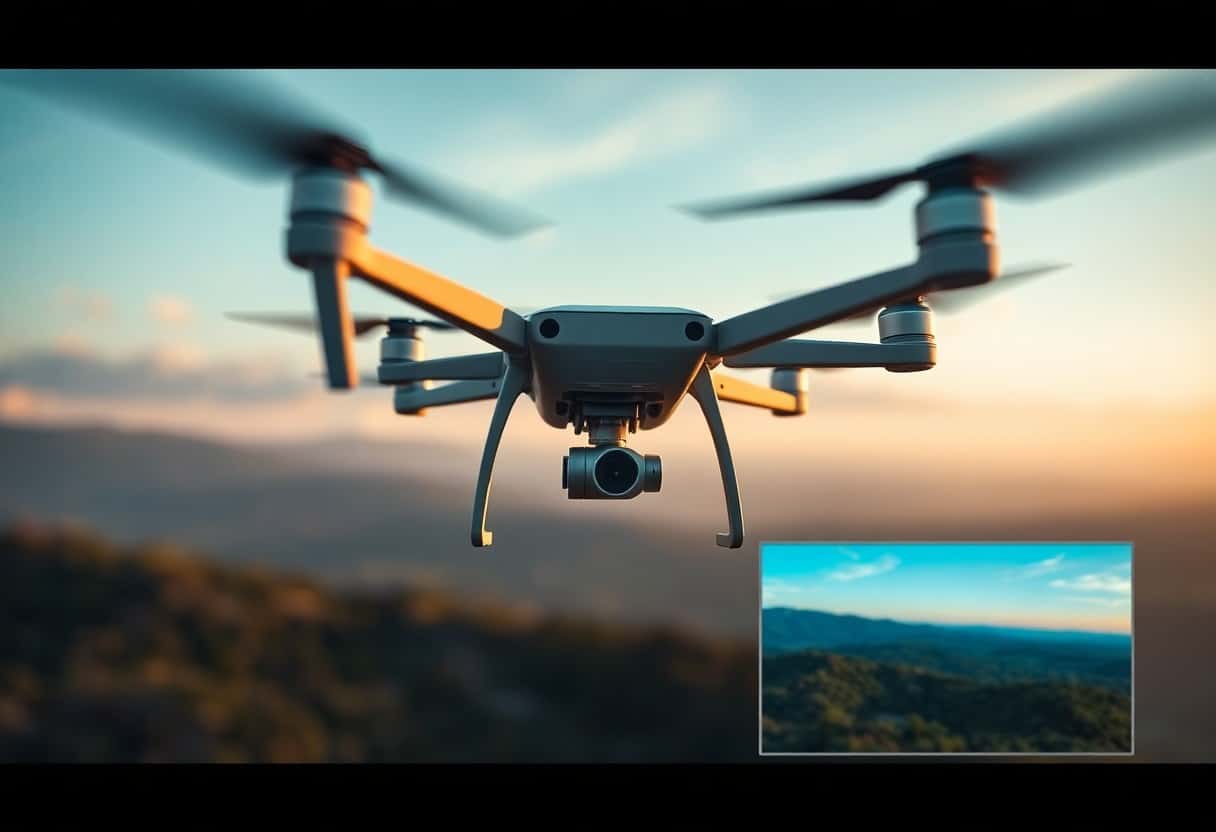
Understanding the Importance of Lossless Formats in Drone Photography
In drone photography, the lossless format (RAW format) is one of the best choices for photographers and enthusiasts. This is because the RAW format retains all the data from the time of shooting, giving you more freedom in post-production. This feature is particularly suitable for projects that require high-quality images, such as advertising, artwork, or professional photography.
Definition of RAW format
The RAW format is an uncompressed digital image file format that transmits unprocessed information directly from the camera's sensor. This means that each photo contains more color and detail, allowing you to make finer adjustments in post-production.
Comparison with JPEG and other formats
The main difference between the RAW format and other formats such as JPEG is the processing and quality of the data. In the JPEG format, images are compressed when saved, resulting in some loss of image detail. The RAW format, on the other hand, preserves the integrity of the data and provides a higher resolution and dynamic range, which enhances the flexibility of post-processing.
Comparative Information
| special feature | RAW format |
|---|---|
| Compression | No compression, keeps all the details |
| Flexibility in post-processing | Extremely high, allowing adjustment of exposure, color, etc. |
| File Size | Larger, need more storage space |
| usability | Professional, suitable for post-processing |
Comparative Information
| special feature | JPEG format |
|---|---|
| Compression | lossy compression, some details missing |
| Flexibility in post-processing | Limited, adjustments constrained |
| File Size | Smaller, easier to store and share |
| usability | Versatile and suitable for instant sharing |
In summary, the biggest advantage of choosing the RAW format is its flexibility and adjustability, which allows you to make deeper adjustments and creations in post-production. The JPEG format is easier to use, but may result in a loss of image quality. Therefore, for professional drone photographers, RAW format is an indispensable choice.
Advantages of using the RAW format
In drone photography, using the RAW format can dramatically improve your post-production results. RAW files retain more image data, which gives you more flexibility and control when editing. If you'd like to learn more about how to optimize your drone photos, check out theWhat local laws and regulations should you know to operate a drone safely?
Higher image quality
Photographs taken in RAW format offer the ability toHigher resolutionrespond in singingDetailsThe RAW format allows you to capture the best image quality in post-processing. And when it comes to capturing subtle textures and colors, the RAW format lets you bring out every detail.
Greater dynamic range
RAWWider dynamic rangeThis means you can capture deeper shadows and brighter highlights. JPEG, by contrast, can't show these details at the same time.
With a wider dynamic range, you can make enhanced adjustments to light and dark areas in post-production without losing information, so your photos will look great in different lighting conditions.
Enhanced post-production flexibility
Using the RAW format gives you more flexibility in editing, and you can efficiently makeColor Correctionrespond in singingExposure Adjustment. You can achieve the desired results even under poor shooting conditions.
Greater post-production flexibility allows you to make creative adjustments as you see fit. Whether it's enhancing contrast, adjusting color balance, or reorganizing, the RAW format supports you every step of the way in the editing process, restoring the most realistic image results.
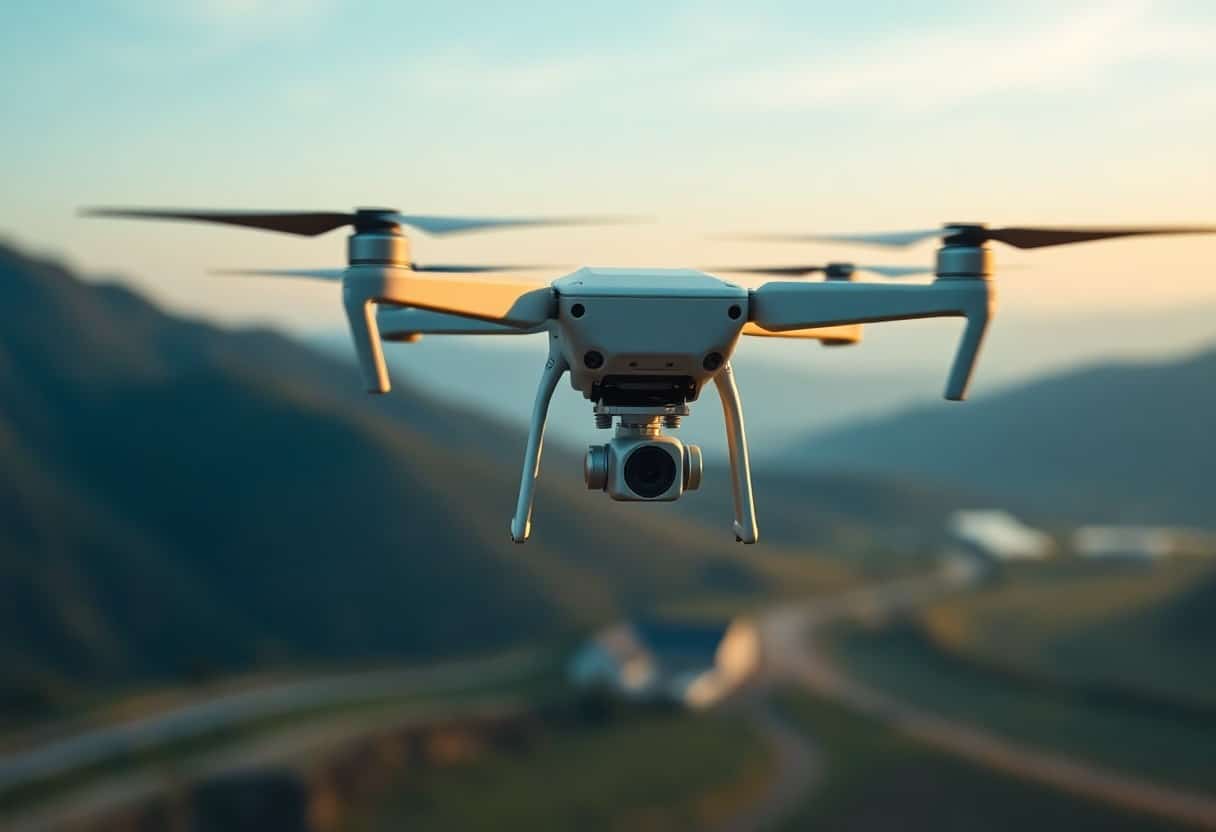
Managing RAW Files
When working with RAW files, you need to consider a number of factors to ensure effective management. Since RAW files are typically larger than formats such as JPEG, managing them properly is critical to protecting your storage space and keeping your workflow smooth.
Storage Considerations
When saving RAW files, you should consider the size of the file. To avoid potential data loss, it is recommended that you use theHigh quality external hard diskYou can also use a cloud backup service to store your files. In addition, checking your storage device and backing it up regularly will ensure that your work is safe and secure.
Workflow Integration
You should consider in your post-production processIntegration into RAW filesprocessing, so that a higher dynamic range and color depth can be utilized to enhance the quality of the final image. This not only increases post-production flexibility, but also optimizes overall efficiency.
To successfully integrate RAW files into your workflow, you can use professional post-production software such as Adobe Lightroom or Photoshop. Not only do these tools allow you to batch import and adjust RAW files, they also offer powerful editing features that allow you to make fine adjustments while maintaining picture quality. Make sure you familiarize yourself with the features of these tools to make your workflow more efficient. Take advantage of the benefits of RAW files to take your photo work to a higher level and fulfill your creative needs.
Post-Production Techniques for RAW Images
Using RAW images in post-production gives you more flexibility and control. Because RAW files store more image quality information, you can make a variety of post-production adjustments, such as color correction, detail enhancement, and noise reduction, without worrying about losing image quality, all of which make RAW the preferred choice of high-end photographers.
Color correction and grading
When using RAW format for post-processing, theColor correction and gradingIt is a very important step. You can easily adjust color temperature, saturation, and contrast to achieve the desired visual effect. And in a RAW image, you have far more color information than in a JPEG format, which allows you to create more expressive images.
Sharpening and Noise Reduction
In the post-processingSharpeningandnoise reductionSharpening is a great way to make details stand out; noise reduction is a great way to remove unwanted noise, especially in low-light situations. Sharpening makes details stand out and enhances the clarity of the image, while noise reduction helps you remove unwanted image noise, especially when shooting in low-light environments where RAW files are more effective in retaining details.
In further exploringSharpening and noise reductionThe key is to find the right balance. Excessive sharpening can cause the image toThe Unnatural EdgeIf the noise reduction is excessive, details may be blurred. Therefore, you need to be careful when performing these operations, adjusting each parameter step by step to ensure that the naturalness and details of the image are well preserved. With the right tools and techniques, you can make your work even better.
Best Practices for Shooting RAW Images with Drones
When shooting RAW images with a drone, there are a few best practices you should follow to ensure you get the best results. For starters, you can refer to the guide at this link to learn more aboutHow can GPS capabilities make your drone navigation easier and safer?Also, always check your battery level, maintain steady flight, and choose the right shooting altitude to avoid any potential mishaps.
Camera Setup
When taking RAW images, you will need to adjust the camera settings appropriately to get the best quality. Make sure your drone is set to shoot in RAW format and set the ISO at the lowest level to minimize noise. Also, use the appropriate shutter speed and aperture settings to get sharp images.
Ideal Shooting Environment
In order to take the ideal RAW image, you need to choose the right shooting environment. In theSunny, no cloudsYou'll get brighter colors and clearer details if you shoot on days when the sun is shining. Also, try to avoid shooting at sunrise or sunset, when the light may produceOverpowering contrastsAffects image quality.
Ideal shooting conditions are critical to obtaining high-quality RAW images. Sometimes, even weak cloud cover can cause shadows and color distortions that can affect your final image. In addition, theWind and HazeShooting under the weather conditions may result in blurred images, which may affect clarity. When planning your shoot, consider the weather forecast and time of day to ensure you are shooting in the best possible conditions, which will greatly enhance your post-production results.
Common Challenges and Solutions
There are a few challenges you may face when using the RAW format for drone photography, but there are solutions to these challenges. First, learn how to take RAW DNG photos on your DJI drone with the9 Essential Steps to a Successful Drone Photography ProjectGet guidance. In addition, each challenge can be easily overcome by adopting appropriate strategies in post-production.
File Size Issues
The file size of drone photos taken in RAW format is usually very large, which may take up space on your storage device. Make sure your memory card and storage solution have enough capacity to cope with this.
Software Compatibility
Not all editing software supports the RAW file format, so you may need to choose a professional-level image editing tool to work with RAW files. Make sure your editing software can read and process RAW files smoothly so that you can realize the full potential of RAW images.
Software Compatibilityis an important factor in using the RAW format. Some editing tools can only handle certain types of RAW files, which may make it difficult for you to edit or view your images. Therefore, when choosing image editing software, make sure it supports the RAW format generated by the drone model you are using. Choosing the right editing software will make it easier for you to achieve the desired results in post-production.
Benefits of using RAW format for post-production in drone photography
Taking drone photos in RAW format offers significant benefits for your post-production. RAW files hold more image data, giving you more flexibility and precision when adjusting exposure, white balance and color. This means you can make more in-depth edits without losing picture quality, and you can fix problems that may have occurred during the shooting process. In addition, the RAW format's High Dynamic Range (HDR) feature helps you capture more subtle changes in light and shadow, making the final product more vivid and layered.
Frequently Asked Questions
Q: What is the RAW format?
A: The RAW format is an unprocessed image format that saves more complete shooting data than formats such as JPEG. This means that photographers have more flexibility and more data to work with in post-production.
Q: What are the benefits of using RAW format for post-production?
A: Using the RAW format provides higher image quality because it contains more color depth and dynamic range. This allows for more effective adjustments in post-production, such as exposure, contrast and color correction, without loss of image detail.
Q: What parameters can be adjusted when editing in RAW format?
A: During post-production, the RAW format allows the photographer to adjust a number of parameters, such as exposure compensation, white balance, contrast, saturation, and shading, etc. These adjustments can help enhance the visual effect of the final image.
Q: The RAW format takes up more storage space, is it worth it?
A: Although the file size of the RAW format is usually larger, the editing flexibility and image quality it provides is usually worth it. For professional photographers, shooting in RAW format ensures the best possible finished product.
Q: Is the RAW format suitable for newcomers?
A: Working with the RAW format can be a little complicated for newcomers, but learning how to post-produce RAW files can improve your photography skills and creativity. Over time, novices will become more comfortable editing in RAW.
Q: What is the process of converting from RAW to other formats?
A: Conversion from RAW to other formats (such as JPEG or TIFF) is usually the last step in the post-production process. After editing and adjusting the image, the photographer can choose the desired output format to save the final work.
Q: What are the advantages of printing photos taken in RAW format?
A: Photos taken in RAW format provide higher picture quality when printed because it contains more pixel data and detail. This results in prints with greater color accuracy and sharpness, especially noticeable in large print sizes.
